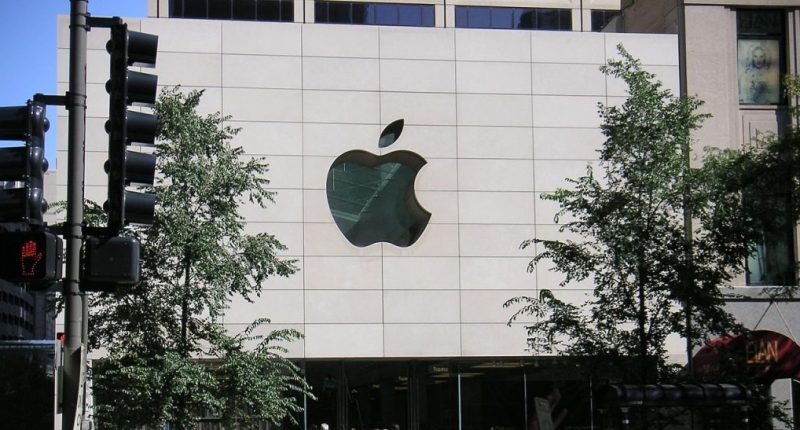2021 may have been plagued with issues such as supply chain disruptions and an ever-increasing number of COVID-19 cases, but it did not prevent the global smartphone market from growing. In Q4 2021, the market grew by 1%, according to Canalys. Apple led the growth of the smartphone market with its iPhone 13 and accounted for 22% of global smartphone shipments in the final quarter of the year.
The Cupertino-headquartered tech giant reported a strong fiscal Q1 2022 as it clocked record revenue of $123.9 billion in a year that was fraught with supply chain constraints. Its revenue rose by 11% year-over-year. Apple also posted quarterly earnings per diluted share of $2.10 and a net quarterly profit of $34.6 billion. The numbers are an improvement from its performance in the year-ago quarter, where it clocked $111.4 billion in revenue and EPS of $1.68 (diluted).
Earlier, Apple had said that the global chip shortage, supply chain disruptions, and other issues would hamper its ability to meet the rising demand of customers in the quarter. However, all apprehensions were laid to rest as the company clocked record revenue in the quarter and exceeded estimates of $118.66 billion. It also beat estimates when it came to EPS – its EPS of $2.10 exceeded the estimated $1.89 and clocked a year-over-year increase of 25%.
The gross margin for the quarter was 43.8%, better than the 39.8% in the year-ago quarter. Apple’s quarterly dividend payment amounted to $0.22 per share. The dividend will be payable on February 10, 2022, to shareholders of record as of the close of business on February 7, 2022.
If you are wondering how Apple clocked such record results, Apple CEO Tim Cook has an answer for you – its most innovative line-up of products and services. “We are gratified to see the response from customers around the world at a time when staying connected has never been more important. We are doing all we can to help build a better world — making progress toward our goal of becoming carbon neutral across our supply chain and products by 2030, and pushing forward with our work in education and racial equity and justice,” he said.
Let us see how Apple’s products fared. Unsurprisingly, the iPhone segment (fuelled by the strong sales of the iPhone 13) recorded $71.63 billion It exceeded the estimate of $68.34 billion and a year-over-year rise of 9%. Revenue from Macs rose by 25% to clock $10.85 billion against the estimate of $9.52 billion. Revenue from iPads amounted to $7.25 billion, the only segment that did not meet the estimate ($8.18 billion in this case) and was down by 14%. Wearables, Home, and Accessories generated $14.70 billion in revenue against an estimate of $14.59 billion, a rise of 13%.
Revenue from Services, which include iCloud, Apple Music, search licensing, and App Store fees, grew by 25% year-over-year to $19.52 billion, exceeding the estimate of $18.61 billion.
“The very strong customer response to our recent launch of new products and services drove double-digit growth in revenue and earnings, and helped set an all-time high for our installed base of active devices,” said Luca Maestri, Apple’s CFO. “These record operating results allowed us to return nearly $27 billion to our shareholders during the quarter, as we maintain our target of reaching a net cash neutral position over time”, he added.





